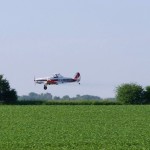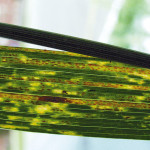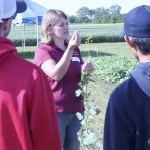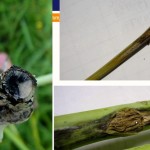
Getting better at fungicide application
You may be doing a good spraying job now, but new WGRF research shows it might be relatively easy to do a whole lot better

Is the sky the limit for aerial spray applicators?
Caught between rigid government regulations and undependable farm demand, these aerial applicators wonder about their future

Only upside to drought? Less spraying and less risk of crop diseases
But diseases like stripe rust, tan spot, or sclerotinia could be an issue if there’s been decent moisture

VIDEO: When to spray canola with a sclerotinia fungicide
Crop Diagnostic School: Wet pantlegs when walking through the field is a good indicator of timing your fungicide

Deciding if you should spray canola for blackleg
Longer canola rotations and switching varieties can reduce the need and cost of a fungicide

Wet weather brings disease worries to Man. winter wheat

Are you ‘always wrong’ at camp sclerotinia?
Your decision to spray essentially comes down to one simple equation

Fungicide resistance creeping up in crops
Fortunately, we already have many of the tools we need to delay or stop resistance in its tracks

New research shows how your crop gets a sneak peek at weeds
It turns out your crop sees and reacts to weeds before the crop even emerges

On the sidelines
Disease resistance isn’t a big corn or soybean issue today, but...


